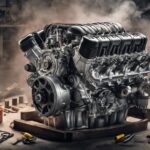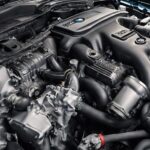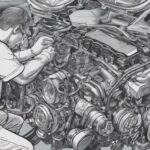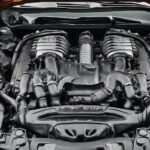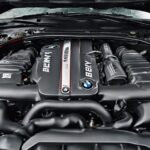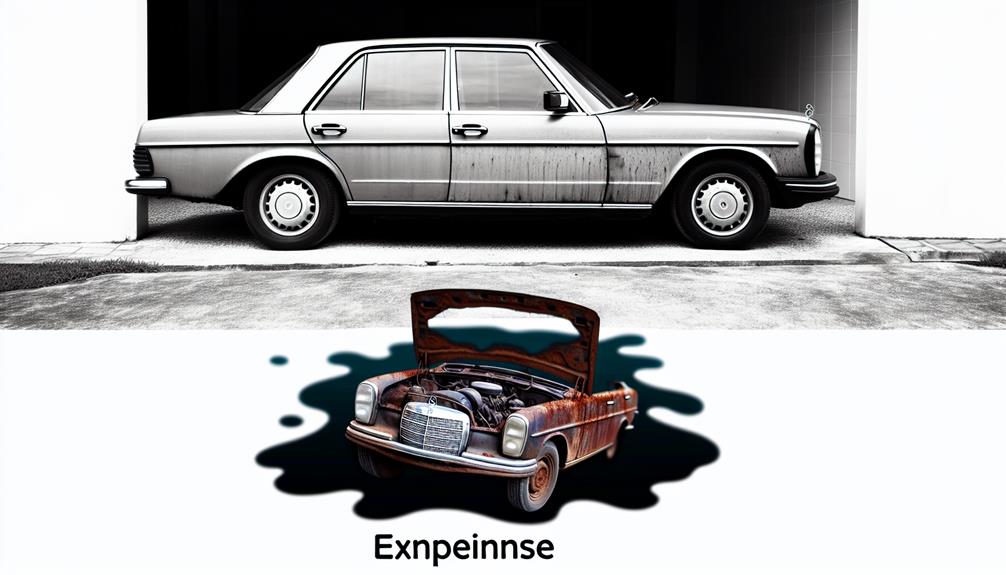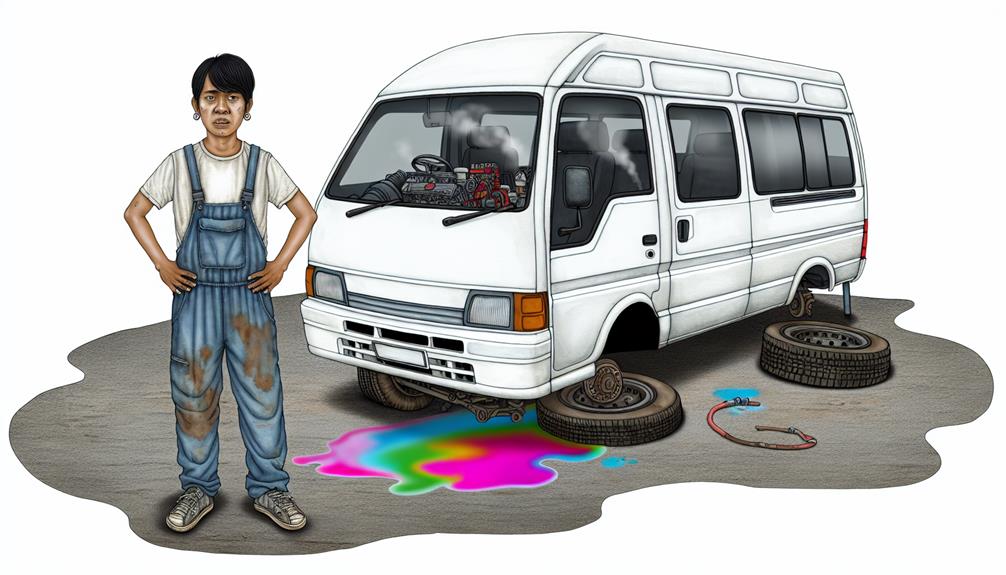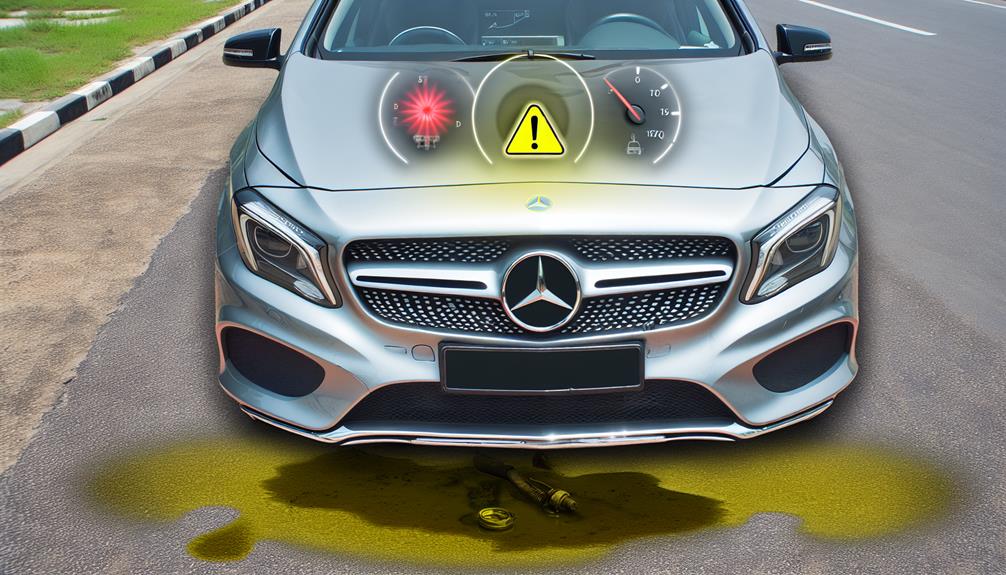If you own a Mercedes W123, you should pay attention to engine reliability concerns, diesel engine performance issues, challenges with mechanical injection models, transmission problems, semi-axle weakness in split rear axles, low power in the 2.0-liter diesel engine, and body rust problems. Ensuring meticulous maintenance and using proper lubrication are crucial for the longevity of diesel engines in these models. Regular checks and proactive measures can help you address these common issues and keep your vehicle in prime condition.
Key Takeaways
- Body rust issues prevalent in vulnerable areas, requiring proactive rust-proofing measures.
- Semi-axle weakness in split rear axle setup necessitates regular inspections for safety.
- Cooling system maintenance crucial to prevent overheating in diesel engines.
- Mechanical injection models demand specialized maintenance for optimal performance.
- 2.0-liter diesel engine lacks power, especially when carrying heavy loads or uphill.
Engine Reliability Concerns
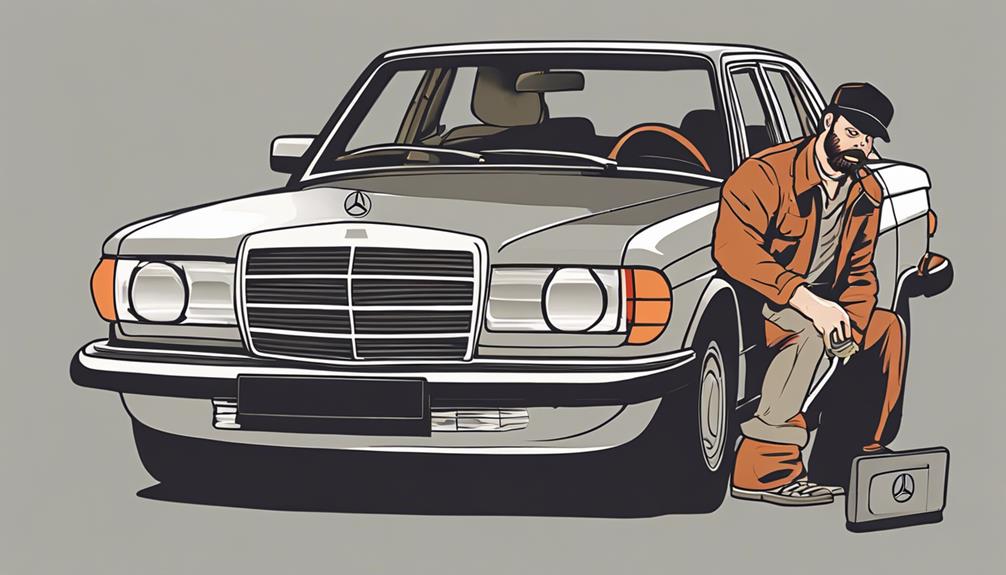
When considering the engine reliability of Mercedes W123 models, the longevity of the diesel engines stands out as a hallmark feature, renowned for their exceptional durability. These diesel engines are known to last up to an impressive 500,000 kilometers, showcasing their robust build and reliability.
One key factor contributing to the longevity of these diesel engines is the meticulous maintenance of engine oil. Regularly checking and changing the engine oil is vital to guaranteeing smooth operation and extending the lifespan of these engines. Proper lubrication provided by high-quality engine oil helps reduce friction, wear, and heat within the engine components, ultimately enhancing its overall reliability.
In the case of the Mercedes W123 diesel engines, the careful attention to engine oil quality and maintenance plays a significant role in their renowned durability. By adhering to a strict maintenance schedule and using recommended engine oils, you can make certain that your W123 diesel engine continues to perform reliably for many more kilometers to come.
Diesel Engine Performance Issues
If you're facing challenges with your Mercedes W123's diesel engine performance, be on the lookout for fuel injection issues that might hinder its power output.
Turbocharger malfunctions can also impact the engine's efficiency and overall performance.
Ensuring these components are in peak condition will help maintain your diesel engine's top-notch performance.
Fuel Injection Problems
Fuel injection problems in the Mercedes W123 diesel engines can greatly impact performance and require timely attention to maintain peak function. The diesel fuel injection system is vital for proper engine operation, but issues like clogged injectors, injection pump malfunctions, or air leaks can lead to rough idling, reduced power output, and black smoke from the exhaust.
To prevent these symptoms, regular maintenance of the fuel injection system is essential. This includes cleaning injectors and checking fuel pressure to guarantee peak performance. Addressing fuel injection problems promptly not only sustains engine efficiency but also safeguards fuel economy in your Mercedes W123.
Stay proactive in monitoring and servicing the fuel injection system to enjoy smooth driving experiences.
Turbocharger Malfunction
To maintain peak performance in your Mercedes W123 diesel engine, addressing turbocharger malfunctions promptly is essential. Turbocharger issues in diesel engines can cause power loss, reduced fuel efficiency, and increased exhaust emissions.
Signs of a failing turbocharger in your W123 diesel model may include excessive smoke, decreased acceleration, and strange engine noises. Common causes of these problems include oil contamination, worn bearings, and carbon build-up affecting the turbine or compressor.
It's important to tackle turbocharger issues promptly to prevent further engine damage. Regular maintenance, such as using high-quality engine oils, inspecting the turbocharger system, and addressing warning signs early, can help avoid turbocharger malfunctions in your W123 diesel engine.
Keep your Mercedes running smoothly by staying vigilant about your turbocharger's health.
Challenges With Mechanical Injection Models
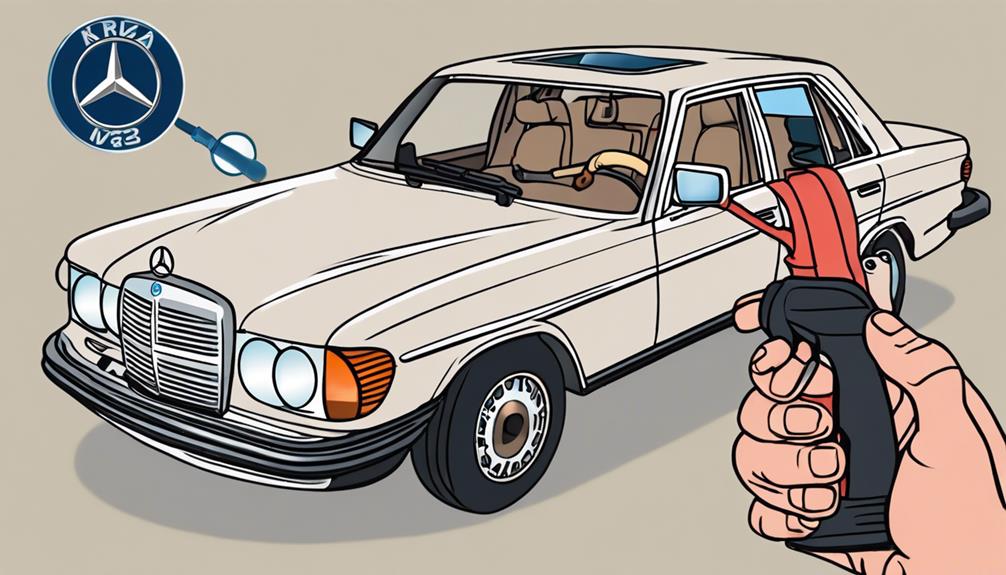
Maintaining the injection system on your Mercedes W123 requires attention to detail and specialized tools.
Tuning options for performance enhancements are available but should be approached with caution to avoid causing damage.
Understanding the intricacies of the mechanical injection models is key to ensuring your vehicle runs smoothly.
Injection System Maintenance
When delving into the intricate world of maintaining mechanical injection models in Mercedes W123s, one must be prepared for the challenges posed by their complex systems. Proper maintenance of the fuel system is paramount for these models. Here are some essential aspects to contemplate when dealing with injection system maintenance:
- Specialized Knowledge: Understanding the intricacies of the fuel system and injection components is essential for accurate adjustments.
- Tools Requirement: Special tools are often needed to calibrate injectors and adjust the injection pump properly.
- Expert Consultation: Seeking guidance from experienced mechanics familiar with mechanical injection systems can guarantee accurate diagnosis and effective repairs.
Performance Tuning Options
Exploring the domain of performance tuning options for Mercedes W123 presents unique challenges when dealing with the intricacies of mechanical injection models. Upgrading these models for enhanced performance involves maneuvering the complexities of optimizing fuel delivery and timing, requiring specialized knowledge and tools.
Tuning mechanical injection systems in W123 vehicles may entail adjusting injector pump settings, modifying injection timing, and improving airflow to boost power output. Models like the W123 240D and 300D can greatly benefit from tuning to enhance throttle response, torque delivery, and overall engine performance.
However, tuning mechanical injection systems demands meticulous attention to detail to strike a balance between power, fuel efficiency, and reliability. Careful consideration should also be given to potential issues like timing chain adjustments and addressing oil leaks to guarantee performance gains.
Transmission Problems
Transmission reliability stands as a critical concern for Mercedes W123 owners due to the vulnerability of the semi-axle in the split rear axle setup. When it comes to automatic transmissions in these classic cars, there are a few key points to keep in mind:
- Custom Orders: While most W123s were equipped with a four-speed manual transmission, automatic transmissions were available as custom orders, offering convenience but requiring extra attention.
- Semi-Axle Weakness: The semi-axle in the split rear axle setup is a known weak point in W123 transmissions, with original ones typically needing replacement around 80,000 to 100,000 kilometers, emphasizing the need for regular checks.
- Maintenance Importance: Regularly checking the rubber-metal couplings of the transmission shaft is crucial to maintaining transmission health, ensuring smooth operation and longevity for your Mercedes W123.
Being aware of these transmission nuances can help you enjoy a more seamless driving experience with your Mercedes W123, fostering a sense of belonging among fellow enthusiasts who appreciate the intricate details of these iconic vehicles.
Semi-Axle Weakness in Split Rear Axle
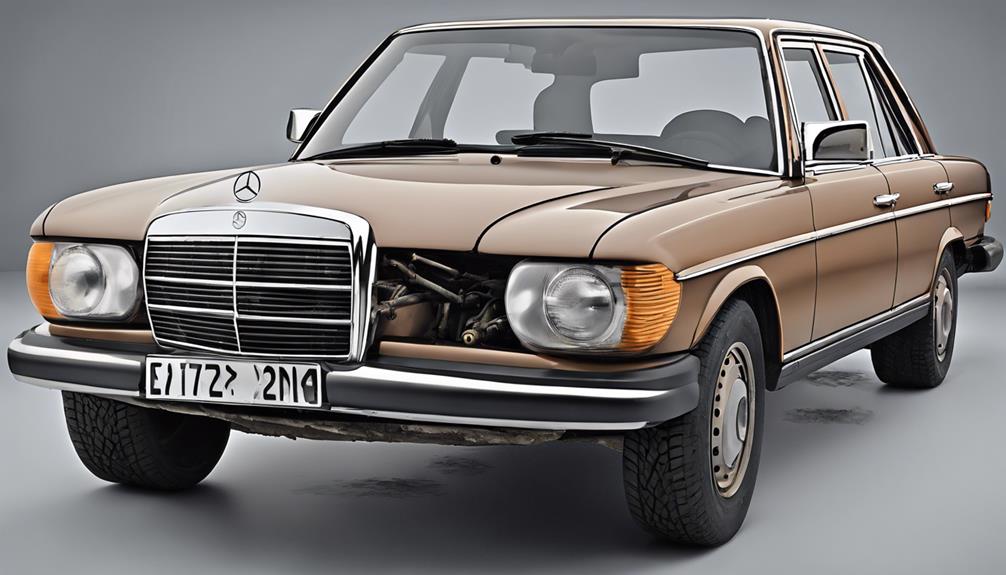
You should be aware that the semi-axle weakness in the split rear axle of the Mercedes W123 can impact your vehicle's handling and drivability. Issues with the axle material can lead to safety concerns if left unattended, making regular inspections essential.
Ensuring the proper maintenance and potential replacement of the semi-axle is vital for the overall performance and reliability of your W123.
Axle Material Concerns
The durability of the split rear axle in Mercedes W123 models can be compromised by the inherent weakness of the semi-axle material, necessitating proactive maintenance to prevent premature failure. Here are three important points to keep in mind:
- Regular Inspections: Checking the rubber-metal couplings of the transmission shaft is essential to catch any early signs of wear or damage.
- Timely Replacement: Original semi-axles typically last 80,000 to 100,000 kilometers, so be prepared for maintenance around this mileage.
- Safety First: Ignoring semi-axle concerns can lead to drivability issues, strange noises, and even safety risks, so stay vigilant.
Impact on Handling
With the semi-axle weakness in the split rear axle of the Mercedes W123, maintaining proper handling becomes important for a smooth driving experience and overall safety on the road. The semi-axle, a critical component, can greatly impact handling.
It's important to highlight that the original semi-axles have a limited service life of around 80,000 to 100,000 kilometers, after which handling issues may arise. Regular inspections and maintenance of the rubber-metal couplings are essential to prevent handling problems associated with the semi-axle.
Failure or wear in this part can lead to handling issues, vibrations, and potential safety concerns while driving. Addressing semi-axle weaknesses promptly through inspections and necessary repairs is crucial to maintaining the overall handling performance and safety of your Mercedes W123.
Common Body Rust Issues
Amidst the classic charm of the Mercedes W123, lurking beneath the surface are common body rust issues that demand attention and proactive care. Here are three key points to ponder:
- Spotting the Enemy: Rust spots are often found in vulnerable areas such as wheel arches, door sills, floor pans, and trunk compartments. Regular inspections can help catch these issues early before they escalate.
- Preserving Integrity: Addressing rust spots promptly is essential to prevent structural damage and maintain the vehicle's integrity. Ignoring these areas can lead to more extensive and costly repairs down the line.
- Safeguarding Longevity: Engaging in rust-proofing treatments and diligent maintenance routines can considerably prolong the lifespan of your W123's body. By taking proactive measures, you can protect your Mercedes from further corrosion and ensure its beauty endures.
Longevity of Diesel Engines

To maximize the lifespan of diesel engines in Mercedes W123 models, regular maintenance and proper care are essential. Diesel engines in these vehicles are renowned for their longevity, often lasting up to 500,000 kilometers due to their robust performance and durability.
The majority of Mercedes W123 cars came equipped with diesel engines, favored for their endurance and reliability, making them a preferred choice for high mileage driving. Compared to gasoline engines, diesel engines in W123s exhibit notably longer lifespans, surpassing 200,000 kilometers with ease.
Owners of Mercedes W123 diesel models enjoy the benefits of extended engine life, with important maintenance playing a critical role in ensuring lasting performance. By adhering to routine servicing schedules, using quality fuels and lubricants, and addressing any issues promptly, you can help your Mercedes W123 diesel engine reach impressive mileage milestones while maintaining its efficiency and reliability.
Diesel engines in W123 models truly stand out for their exceptional longevity and resilience.
Overheating in Diesel Engines
During the scorching summer months, Mercedes W123 diesel engines are particularly susceptible to overheating issues, posing risks to their performance and longevity. Here are three essential points to keep in mind:
- Diesel Fuel Combustion: The combustion process in diesel engines generates significant heat, contributing to the overall temperature under the hood. This, coupled with high ambient temperatures, can strain the cooling system's capacity to dissipate heat effectively.
- Cooling System Maintenance: Regularly checking and maintaining the cooling system components is vital to prevent overheating. Ensuring proper coolant levels, inspecting the radiator for any blockages or leaks, and verifying the thermostat's functionality are key steps to avoid potential overheating issues.
- Efficiency Upgrades: Upgrading to a more efficient radiator, enhancing airflow to the engine bay, and monitoring coolant levels can help manage overheating risks in Mercedes W123 diesel engines. These modifications can improve the cooling system's performance and reduce the likelihood of overheating-related problems.
Low Power in 2.0-Liter Diesel Engine
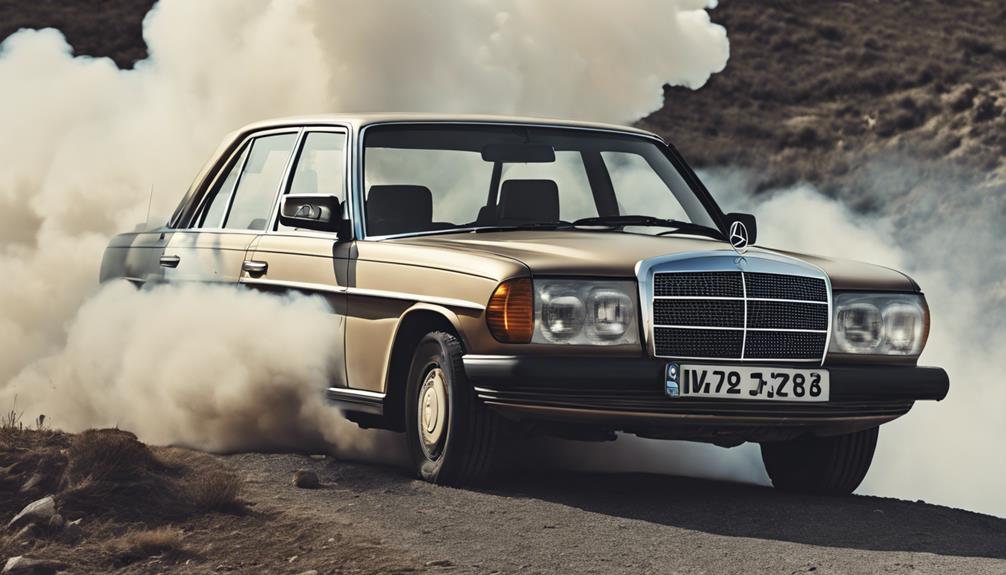
The performance of the 2.0-liter diesel engine in the Mercedes W123 may leave drivers wanting for more power compared to alternative engine configurations.
While the 2.0-liter diesel engine in the Mercedes W123 offers decent fuel efficiency and reliability, it can fall short when it comes to power output.
Drivers may notice a lack of acceleration and performance, especially when compared to other available engine options for the W123 model.
The lower power of the 2.0-liter diesel engine can pose challenges when carrying heavy loads or tackling uphill terrain.
When considering a Mercedes W123, potential buyers should take into account the performance limitations of the 2.0-liter diesel engine, as it may not deliver the same level of power and responsiveness as other engines in the lineup.
If you prioritize power and performance in your driving experience, you may want to explore alternative engine choices within the Mercedes W123 lineup.
Repairs for Mechanical Injection Models
When dealing with repairs for mechanical injection models of the Mercedes W123, maneuvering the intricate fuel delivery systems can present a significant challenge. These gasoline engines require specialized care and attention to detail to keep them running smoothly.
Here are three key aspects to take into account when working on mechanical injection models:
- Understanding Fuel Delivery Systems: Familiarize yourself with the complex fuel delivery mechanisms in mechanical injection models to troubleshoot issues effectively.
- Front Suspension Inspection: Don't overlook the front suspension when repairing these models, as worn components can affect the overall performance and handling of your Mercedes W123.
- Timing Adjustments: Proper timing adjustments are vital for optimal engine performance in mechanical injection models; make sure these are checked and calibrated correctly for smooth operation.
Addressing Engine Performance Concerns
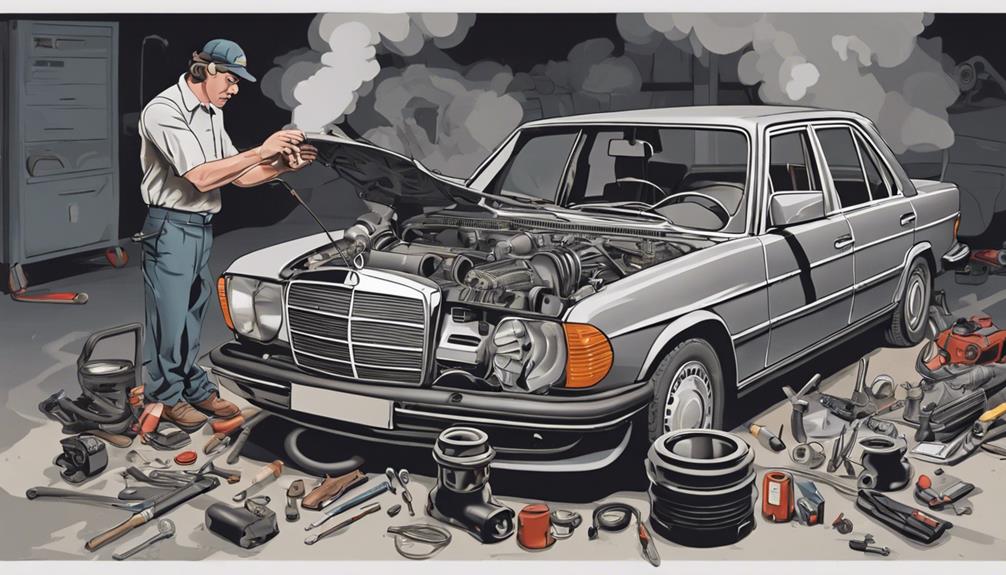
To optimize engine performance in your Mercedes W123, it's essential to address concerns related to power output and fuel efficiency. When dealing with petrol engines, common problems may arise, affecting the overall performance of your vehicle.
The 2.0 liter diesel engine is often criticized for its low power output, while the 2.5 liter gasoline engine is known for its durability, capable of lasting up to 300,000 kilometers with proper maintenance. However, gasoline engines in the W123 models like the 230e and 280e, marked with the e-index, may face performance issues that need attention.
It's vital to monitor fuel consumption, especially in city driving conditions, where gasoline engines can consume up to 17 liters per 100 kilometers. Additionally, diesel engines are prone to overheating during the summer months, emphasizing the importance of maintaining cooling systems to ensure peak engine performance.
Preventing Body Rust in W123 Models
Regularly inspecting your Mercedes W123 for rust spots in common areas like the wheel arches, trunk floor, and door sills is essential to prevent body rust and maintain structural integrity. To keep your beloved W123 looking pristine for years to come, follow these tips:
- Thorough Inspections: Take the time to visually check these key areas for any signs of rust, catching it early can save you from costly repairs down the line.
- Immediate Treatment: If you do find rust, act promptly to treat and repair it using appropriate methods to prevent further corrosion and structural damage.
- Protective Measures: Keep the undercarriage clean, especially during winter, by washing off road salt and debris. Consider applying rust-proofing treatments to vulnerable areas for an added layer of protection against moisture and oxidation.
Frequently Asked Questions
What Should I Look for When Buying a W123?
When purchasing a W123, examine for rust, engine leaks, electrical problems, worn suspension, and HVAC functionality. Inspecting these areas is vital to avoid future repair expenses. Stay vigilant and thorough to guarantee a smooth purchase process.
Is Mercedes W123 the Best Car Ever?
Yes, the Mercedes W123 is often hailed as one of the best cars ever. Its legendary reliability and durability, especially with diesel engines lasting up to 500,000 km, cement its status. Gasoline versions can also be long-lasting.
Why Is W123 so Popular?
The Mercedes W123 is popular due to its legendary reliability and robust diesel engines lasting up to 500,000 kilometers. Owners appreciate its durability, performance, and enduring appeal among classic car enthusiasts, making it a sought-after vehicle.
Is the Mercedes W123 a Classic?
Yes, the Mercedes W123 is indeed a classic. Its iconic design, durability, and innovative features have solidified its status in automotive history. Enthusiasts cherish its timeless appeal, making it a sought-after choice for vintage car collectors.
Conclusion
Overall, owning a Mercedes W123 can come with its fair share of common problems. These include engine reliability concerns, transmission issues, and body rust. However, with proper maintenance and timely repairs, these challenges can be addressed effectively.
By staying on top of regular maintenance and being proactive in addressing any potential issues, you can make certain that your W123 continues to perform at its best for years to come.
